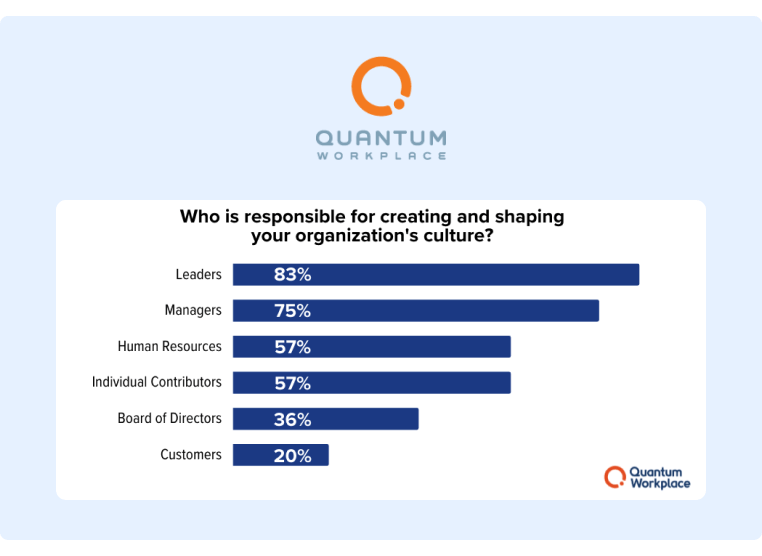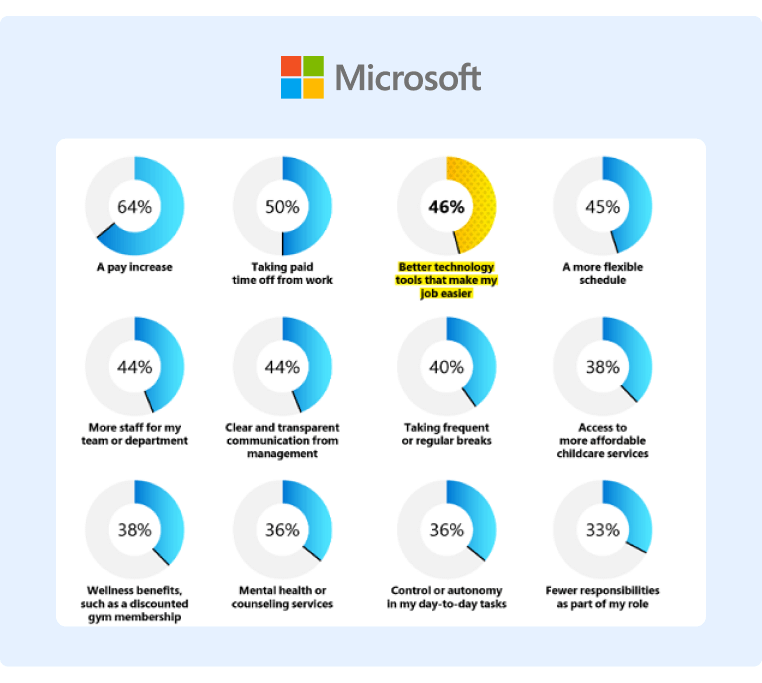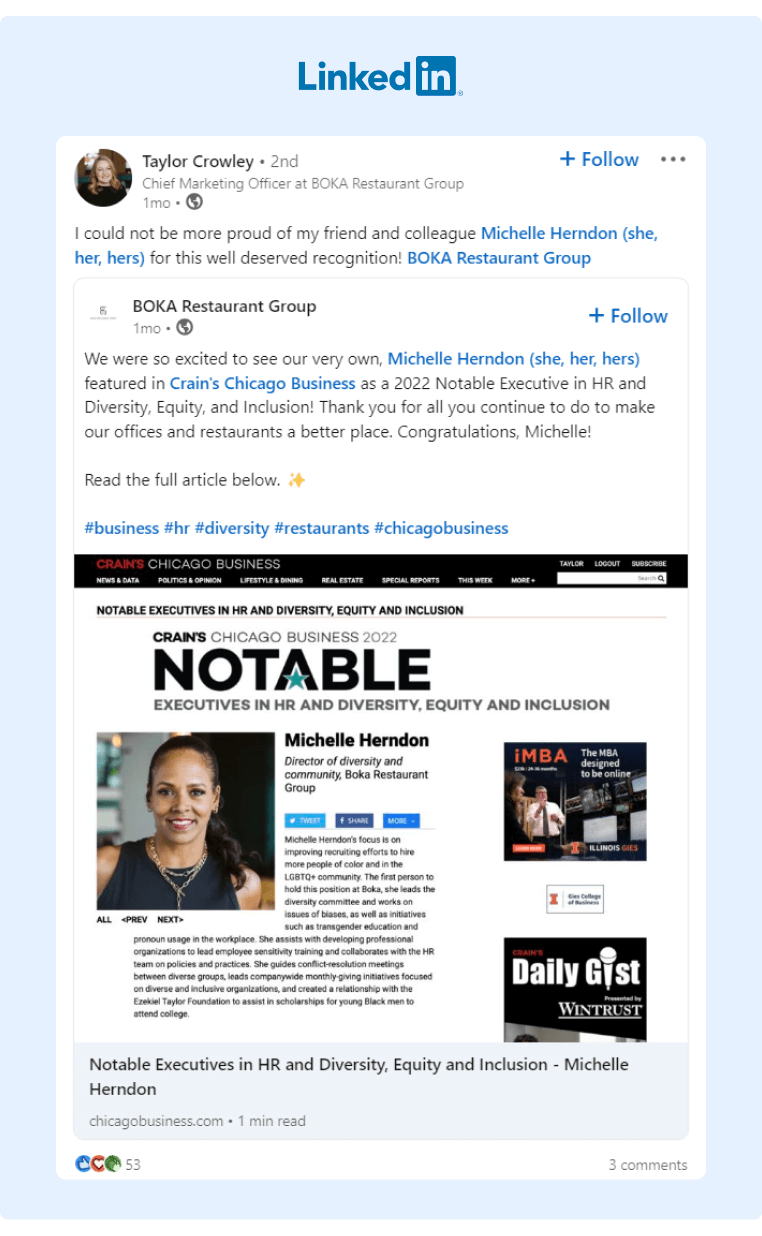10 Absolutely Crucial Internal Communications Trends to Keep in 2024
If you’re reading this, you’re already aware that internal communication has a key role in every organization, regardless of its size or industry. It is the process of managing communication within an organization and encompasses everything from the way information is shared among employees to the tools and methods used to communicate with them.
While this is a general definition, you can’t really talk about internal communications trends in general terms any longer. The business climate has drastically changed - especially in the last 2 years - and what worked two, or even 20 years ago might not be applicable today.
In this article, I’m going to talk about the latest internal communication trends that are shaping the business climate right now. But before I do that, let’s see how has that climate changed in the past few years.
What Has Changed in Company Workforce and Communications?
It doesn’t matter if you belong to the previous or the latest generations of managers, today’s company culture and its workforce are different. Here’s what has changed in internal communications trends over the years:
- Information today is communicated more openly. Channels include top to bottom, bottom to top, and horizontal. Collaboration is more important than ever and favored over top-down communications.
- Traditional communications involved phone calls, letters, and personal notes. Today mobile and social communication dominate with access to FaceTime, instant messages, email, voicemail, text messages, and so much more.
- Remote work has become the new normal. Bulletin boards and printed newsletters are impractical and have been replaced with digital internal communication channels.
- Employee intranet is a top priority. Remote workers must have access to the software, and in many cases, that access needs to be via mobile app.
- Frontline workers have become more visible. This internal communications trend replaces the only ‘faces’ of the company being that of the executive team. We’re more reliant than ever on our employees and their advocacy.
Now let’s take a closer look at the employee communication trends that will be shaping 2024 and beyond.
1. Executive Engagement is a Top Priority
The need for the executive team to come out of the shadows and start actively participating in the company’s internal communication is growing larger every day. Employees want to see, and engage, with all of their coworkers, executives included. Executives are people, too, and they are willing to communicate and even crack a joke once in a while.
According to a survey, 83% of people believe it is the company leaders who are most responsible for creating the workplace culture.

Source: The Ultimate Guide to Company Culture
This also includes more active communication with their employees. Managers should be communicating news or important announcements on their own so that their entire team stays well-informed.
But this communication can also come in the form of employee advocacy. Many times executives share their opinions on the state of the market or industry and that is great for thought leadership. Equally as powerful though is when the executive team comments on your thought leadership or shares your big win, which can really help amplify not only your social post but also all the feels.
What’s important to remember are two things. The executive needs to:
-
Have open and direct communication with employees so as to show sincere presence, and
-
Lead by example (i.e. guide employees through the company’s vision and mission by sharing personalized and engaging content available to all employees).
2. Mobile-Friendly Environments Will Be Tablestakes
This is especially important for frontline employees. It’s easy to communicate with your staff in the next office, right? But how about your employees in the factory or the truck drivers? Let’s not even start on remote workers with different time zones.
Digital transformation is necessary. Every one of your employees should have easy access to news or updates regarding your company. There will be cases when on-time updates will be more important to the foreman on the construction site than to the finance department.
46% of frontline workers state that better tech tools will make their job easier. To stay on top of the game, make sure you provide top employee experience by communicating with all employees immediately, in a personalized manner, and on time.

Source: Microsoft: Technology Can Help Unlock a New Future for Frontline Workers
Software like GaggleAMP helps keep your employees connected, engaged, and productive. Our software helps employees to participate in their company employee advocacy efforts as well as in the Community. The Community in GaggleAMP allows for various communication channels to optimize internal communications, participate in watercooler discussions, share good news, and much more.

An example watercooler personal post from our Community.
3. Employee Well-Being Programs Will Skyrocket
Employee wellbeing isn’t new but could be considered more important than ever. The COVID-19 pandemic changed the way the world did business and how to support your employees’ well-being.
As if burnout wasn’t enough, stress and anxiety have skyrocketed in the last two years. Why does that matter? When an employee is not doing well, the business doesn’t do well. For example, in the U.S. alone, businesses lose $300 billion a year due to stress at the workplace. In translation, this means disengagement, a decline in productivity, and in the worst-case scenario, high turnover.
Having this in mind, your HR or communications team will have employee mental health top of mind when creating an internal communications strategy to promote wellness programs or resources for their employees. You can do this by:
- Sending a physical/mental wellness survey to your employees. Make it anonymous, and better yet, administered by a third-party so your employees won’t feel pressured and can answer honestly.
- Creating feedback channels so employees can share their thoughts even without surveys
- Offering digital tools or assistance programs for better coping with any kind of stress
- Organizing virtual events or webinars for employees in need
4. Peer-To-Peer Messages Become Standard
We talked about the executive team's involvement in improving internal communications, but let’s not forget where the majority of communication happens: on a lateral level, or peer-to-peer. Did you know that workers spend over 26 hours a week communicating (talking and texting)?
To ensure the flow of internal communication and strengthen employee relationships, teams will want to be flexible and repurpose content for multiple channels so that communications are delivered using the mechanism they are most likely to check often.
For example, not everyone can and will use the same app - frontline workers might communicate through an employee app, but corporate employees might use an intranet. Some will use Slack or Teams to communicate whereas others like frontline teams, may need a more rapid communications channel like phone calls or text. Identify which means of communication works best on which channel and encourage that type of communication.
5. Training and Development Opportunities Increase
One of the top reasons why employees leave their jobs is because they don’t feel like the company cares for their professional development. In plain words, they leave because they see no future. 63% of U.S. workers who left their jobs in 2021 stated that the reason was no advancement opportunities.
Often, this is closely related to the fact that employees feel insecure about their skills, especially if they are just starting at their position. The newer on the job, the bigger the need for guidance and training.
Tackle this issue by:
- Sending training and development notices for employees
- Offering training resources
- Making training easily accessible to all employees (even on mobile)
- Encouraging budget in all departments for employee development
6. Employee Advocacy Will Trump Brand Advocacy on Social
As in many aspects of our lives today, influencers have become an essential part of business today. But I’m not talking about the collaboration between a business and influencer marketing. I’m referring to your already existing, internal influencers — your employees.
Your employees have a strong voice and can motivate smaller audiences to take action on their own. They have their own eclectic networks and connections that respect their opinion, so they are more likely to listen up when a peer has something to say over a brand.
Simply put, employees are building stronger and more intimate relationships with your target audience than your brand handle can do along. Listen to what they have to say and what they need, and see where their point of interest matches your company’s vision. They’ll listen and craft content to make it their own in their own word, they just have to get comfortable with it first.
Could your team use some help getting comfortable with posting content on social media? We can help you with that. Schedule a demo with us and we’ll show you how one person on your team can create and curate content for their entire team to help employees gain confidence over what they post while growing brand awareness.
7. Visual Content Will Give You a Performance Boost
In the age of short attention span and limited time for searching for new information, visual content has become another crucial internal communications trend - and won’t be going anywhere in the near future.
Employees demand content that won’t take up much of their time for reading or listening but will offer helpful information. That’s where visuals step in. It’s much easier to consume than documents, it points out only the necessary, and visual content is much more appealing for engagement. In fact, studies show that visuals such as GIFs, screenshots, and videos can increase productivity in 67% of employees.
To use the best of visuals for your internal communications teams, try these tips:
- Include images or GIFs in your email newsletters for drawing better attention
- Include infographics in your guides or other materials
- Create educational/instructional videos instead of long-form reading guides
8. Two-way Communication is a Must
Too often, internal communication means management issuing orders and employees simply following them. Instead of falling into the trap of this one-way communication and creating a potentially toxic company culture, encourage a dialogue. This way, employees will feel like they can contribute to the overall success of the company.
For example, introduce new dialogue formats where employees can speak up and share their opinions. You can do this by creating internal forums or channels in each department, or you can group them according to levels within the organization. The idea is to make them talk and you take notes. If you create an environment where employees will feel safe to open up, they will be more than willing to participate. Think threads on Slack - any topic of common interest will do.

9. Data Analysis and Optimization Will Clarify Strategy
Metrics are a must and here to stay. You won’t know how to improve internal communication if you don’t see what’s there to be improved. No matter the type of internal communication, you need relevant data to be able to boost where necessary.
This is obvious when you think about performance analysis or social media analytics, but how much are you analyzing data from internal communicators? Accurate measuring of the effect of communication can go a long way when a long-term strategy is concerned. You can do this by creating feedback forms, surveys, quizzes, etc. which won’t take much of employees’ time but will provide you with valuable data on regular basis.
Don’t forget though to measure your internal communication trends over time and notate any big causes for concern. For example, in 2020 there were concerns over the pandemic and its looming impact on everything. In 2024, some economies that were once thriving are in talks of a recession. This can all have an impact on your employee morale and those scores. They’re also times when you can make the most of your internal communications efforts and check in with employees more often and one-on-one.
10. Use Engagement Automation Tools to Keep up with Latest Trends
There are a lot of tools you can use for your internal communications, such as the company newsletter, chats, forums, video conferences, social networks, and many more. But there is software that uses all of that internal content while aiding as an all-in-one solution for external communications, too. Have you considered any of these engagement solutions before?
- Employee advocacy platforms
- Employee advocacy tools
- Social media for talent pool development
- Social selling tools
- Employer branding strategies
- Employee engagement strategies
If you have, you’re in luck! With GaggleAMP, you can use the employee advocacy platform for external comms and get everyone on the same page internally. Our community gives you the ability to safely share content that nobody outside your company will see - unless the content is so good that Gaggle Manager decides to make it public. And even then, they do so with caution.
Talk with our team and request a demo and see for yourself - it will cost you nothing but you will gain a lot.










